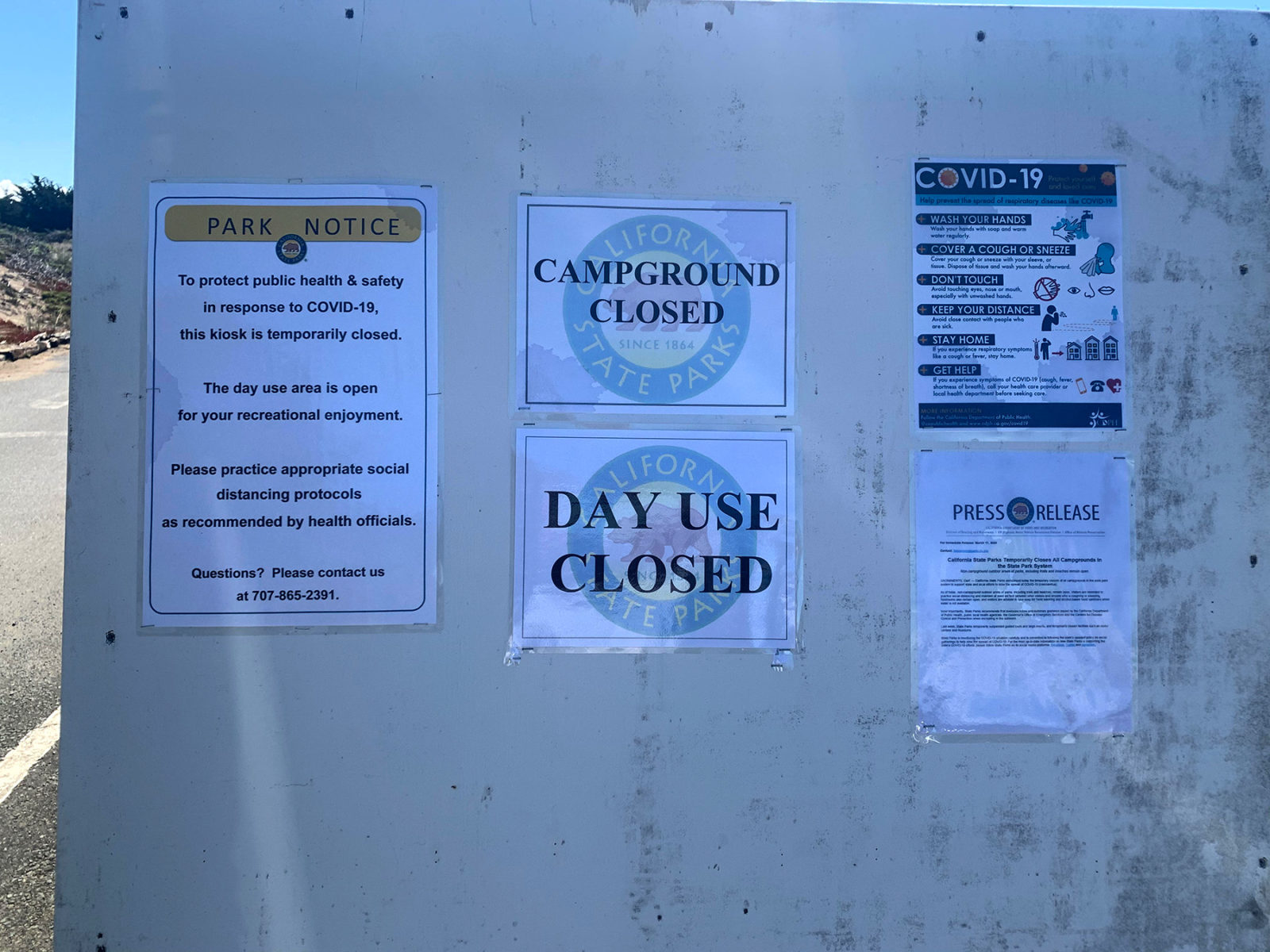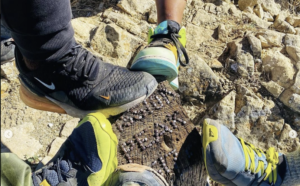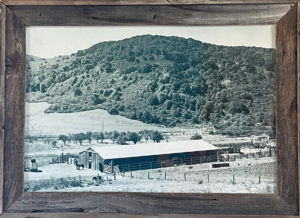Should our parks around the Bay Area be open or closed, or are partial closures the right thing to do in the face of the coronavirus pandemic? We’ve been here before. In 2012, for instance, a quarter of California’s State Parks were targeted for closure due to budget challenges. Today, a global health crisis of overwhelming proportions is impacting hundreds of thousands of people worldwide. Dealing with shelter-in-place mandates has created the strong desire among most of us to get outdoors for fresh air, sunshine, and any green space or beaches we can set foot on. Should managers be closing parks knowing these are special places people turn to when in need?
Public land managers and health officers are challenged and stressed to make excruciatingly difficult decisions. How do we allow people to use public lands safely right now while being cautious and prudent given the deadly situation we’re in? We can avoid more park closures only if the public becomes wiser in their behavior and more “woke” during outdoor activities. Parks are being closed, or portions thereof, because defiance of six-foot social distancing requirements is ruining it for all of us (see Sonoma County Parks).
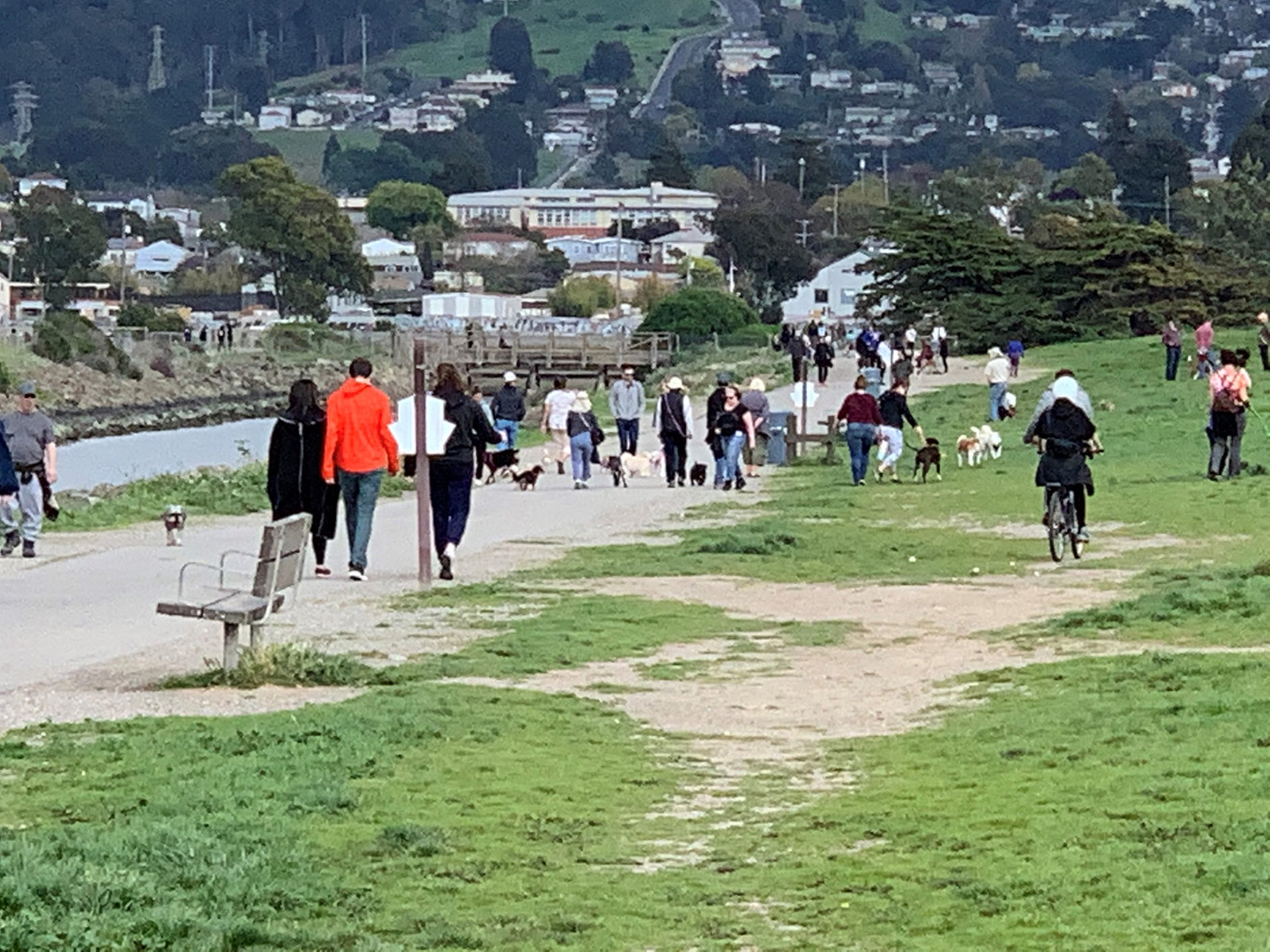
The novel coronavirus, known as COVID-19, is proven to spread fast and efficiently, especially when people gather in groups; we keep hearing that. Look in the mirror and tell yourself, “Social distance is something we all must practice, even in parks.” If we don’t “flatten the curve” and reduce infection rates, we risk the permanent demise of experiencing life as we know and love it. There is enough open space in the Bay Area for us to share at a safe distance, so why continue to crowd the most popular beaches and trails? Current visitation in our parks is exceeding what science is telling us could help reduce the spread of the virus. Yet some people remain ignorant, uninformed, or uncaring about how their behavior is impacting the rest of the Bay Area and ultimately the state of California.
Park managers, be they part of our local national parks like Point Reyes National Seashore or Golden Gate National Recreation Area, or state, county, or city parks, are part of the vital decision tree of life-saving containment efforts. As the former NPS Director, Jon Jarvis, stated on a recent National Parks Traveler interview, “the Park Service is no stranger to emergencies such as hurricanes and volcanoes and even occasional disease outbreaks but I don’t think we’ve ever experienced all parks [dealing with something like this] at the same time as well as the uncharted waters that are in front of us.”
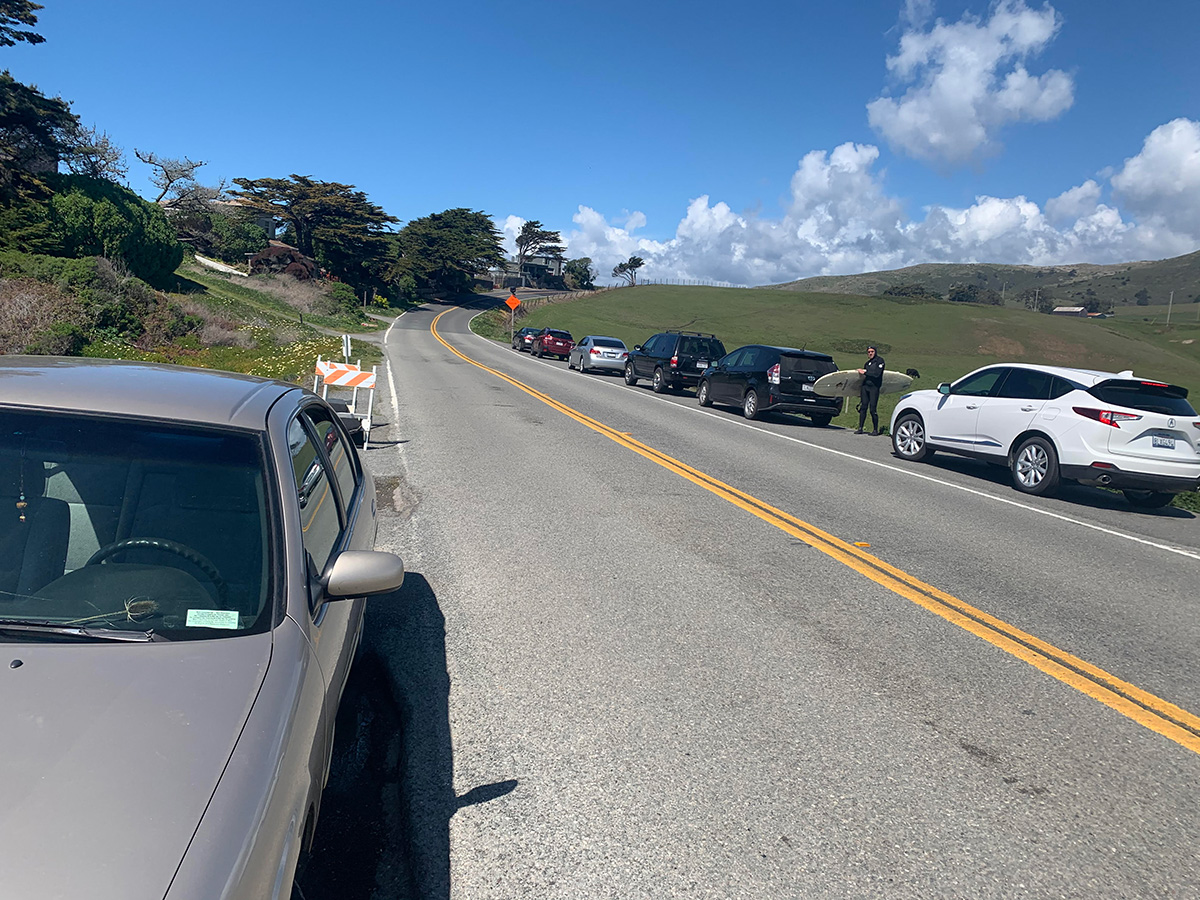
Closing facilities such as visitor centers, restrooms, and campgrounds makes sense, yet why close the entire park? Decisions are still being made in attempts to avoid more hazardous situations. How can we all help park staff, managers and superintendents by doing our part to reduce the spread of the coronavirus?
Park staff, at all levels, are at the front line of the struggle on real or potential closures. Arguably, no one loves parks more than the people who manage them, and the idea of closing parks is absolutely anathema to them. These are people who have dedicated their lives to providing the best possible experience for the public; they wake up each morning thinking about protecting the amazing resources under their care while at the same time maximizing access for the public and providing the best experience possible. Park agencies have developed interpretive programs, intensive outreach to low income and vulnerable communities, and have been in the lead of those seeking innovative funding to support the parks. Like all of us, park agencies have never been confronted with a situation where huge numbers of people can risk becoming ill just by visiting parks and public lands. The coronavirus situation evolved so quickly, that park managers, for example in Sonoma County, went from deciding to provide free access to all of the regional parks, and dealing with concentrated overcrowding and a lack of control of social distancing, to completely closing all parks in the county within a matter of a few days. Similarly, in all the other Bay Area counties, park managers found that without any other avenue for entertainment or activities for the kids outside the home, people rightfully flooded to the parks.
As the coronavirus isolation orders expanded, park users have been faced with inconsistencies among various jurisdictions. For example, state parks in the Bay Area were largely left open initially, with campgrounds closed, and then a decision was made that a “soft close” was necessary for many of the parks experiencing high visitation (see COVID-19 State Park closures). This involved closing parking lots while leaving the parks themselves open, with the hope this would restrict access mainly to those who could walk or bike to the parks.
The problem, of course, is that in those areas that are distant from population centers, visitors need to drive and, therefore, park somewhere. Many are not willing to turn around when parking lots are full and will park wherever they can fit their car. The result is more interaction between the public and State Park staff, endangering both, as well as increased risk of traffic and pedestrian incidents. Meanwhile, in some areas, including Sonoma County, the Public Health Officer issued a mandatory closure order for all parks, state, regional and local. Sonoma County’s regional parks, visited by over 5 million people each year, and integral to daily life in the county, were then closed. Marin County also closed its parks to access by car, but they are accessible by foot and bike, and San Francisco closed playgrounds and basketball courts, for instance, where people gather together. Many parks and parking lots in the East Bay are closed as well. It is likely that warmer weather in the coming days will dictate whether the hybrid approach of closing some parks while leaving others open will work, or cause additional problems. We believe a more coordinated means of providing access is needed as the coronavirus shelter-in-place order continues; it is just not feasible to expect people to remain in small apartments with children for the anticipated lengthy period it could take for the virus to run its course or treatments to be found. So, what is the answer?

Consensus among public health experts indicates that open spaces are the safest place to be other than in your home during this crisis. This is, in part, because it is easier to maintain the required 6 feet or more of “social distancing”, and because parks are so essential to maintain some semblance of sanity in the midst of a crisis. Without some form of outlet, society can easily reach a boiling point, which can result in significantly worse problems than a lack of sufficient social distance at a beach park. Therefore, we suggest managers of overcrowded parks grappling with closures consider some form of “odd-even rationing.” This could be similar to what occurred during the gas shortages of the early 1970s, except in this case park managers could use odd-even license plate numbers to determine days for park entry.
Parks provide a celebrated service whether society is experiencing a crisis or not. Few would dispute the benefits and values, which are well-known and have been researched for decades. The social, physical, mental, intellectual, emotional, and psychological benefits, for example, of spending time outdoors and immersed in nature are well documented (e.g., National Recreation & Park Association, Active Living Research, UCLA Institute of the Environment & Sustainability). Generally, by preventing people from obtaining these benefits and more, even amidst a pandemic, we create additional problems not solutions. Public parks are a right, not a privilege and fulfill basic human needs sought after nowadays, more than ever. Furthermore, other research (e.g., American Public Health Association, 2013, Roberts, 2015; Wolch, Burn & Newell, 2014) also shows how low income and other under-resourced communities incur greater stress due to lack of access to parks in times of need. For instance, some ethnically diverse communities are more likely to lack the natural resources needed to ease some of the most vital public health problems we’ve known about for years (e.g., obesity, violence, alcohol intake, tobacco/drug use). Keeping parks open in this turbulent time is crucial for our ability to take this seriously. The struggles are real, inequity is accentuated, and the challenge of inclusion and creating a sense of belonging are reduced for varied populations across cultures.

During this horrifying pandemic, we need parks as places where we can remain calm, experience joy, and reduce our daily stress. We cannot afford to close our parks, not now, not ever; we can be creative, however, in our ability to educate ourselves and others about why parks close (fully or in part) when adverse visitor behavior leaves managers no other choice. Bad deeds in parks impact each of us (e.g., crowding when social distancing is an imperative), the parks themselves, and perhaps most importantly puts our medical providers at risk by further stressing the health care system. It’s only human to seek inspiration in nature; we implore everyone to be smarter about what that looks like right now, and with who, when, and why. Change is imminent, the future is ours to create.
We are aware this virus knows no boundaries and doesn’t care how much money you make or the color of your skin. It does not matter who you are, where you’re from or what language you speak; the fallout of park closures impacts all of us in fighting the unknown. New messages have begun to surface encouraging you to go outside near your home. Perhaps spend time in your yard if you have one, walk around your neighborhood if or when you feel safe, and consider walking, biking, or riding a scooter to a local park, if close to where you live. This highlights societal inequalities: the reality is that not everyone has a yard or what might be considered a “safe” neighborhood to walk. Perhaps getting to a local park is not an option because it might not be in close proximity to your home; the national campaign to advance the goal of ensuring everyone has a quality park within a 10-minute walk of home is going strong yet there’s more work to do.
This is urgent. Why are some parks open and some parks closed? The decisions made while intending to save lives are not easy; the exertion is very strenuous. The Bay Area can be a statewide leader in flattening that curve previously mentioned. This won’t happen if parks are closed or people don’t heed the warnings. An important message is that we need to be outside. And yet we must cultivate a spirit of understanding and resilience across cultures, practice self-restraint and patience, and support park managers with hopes that the right decisions will be made.

